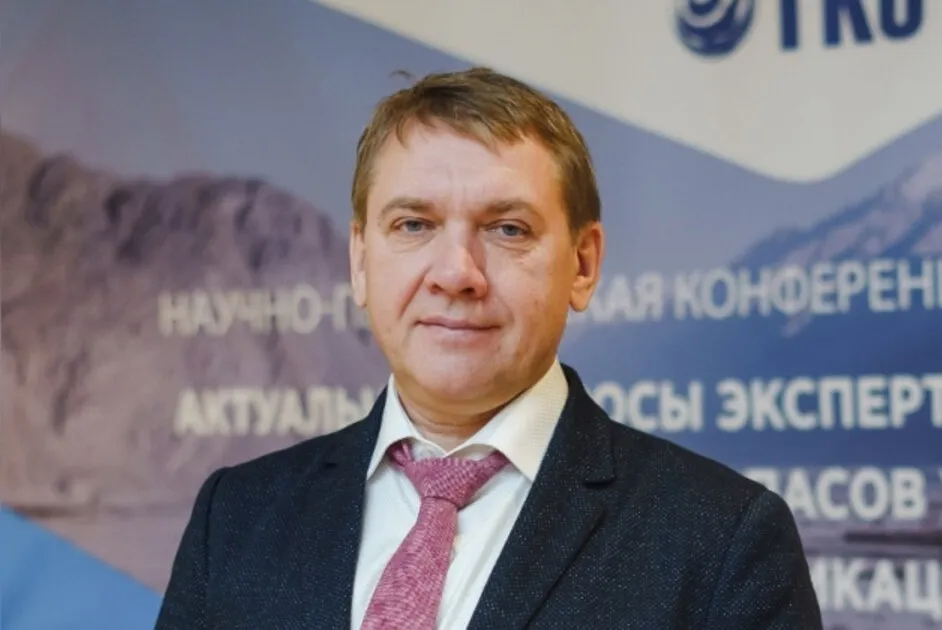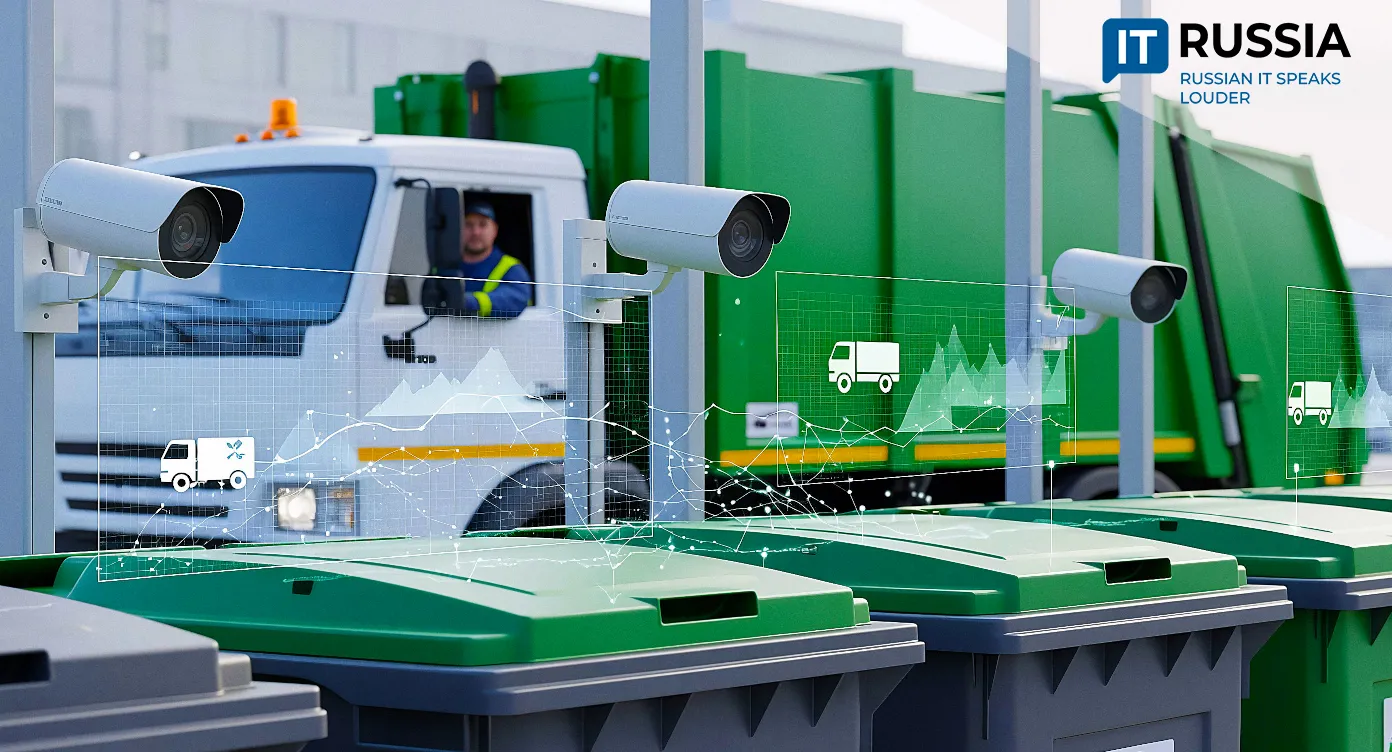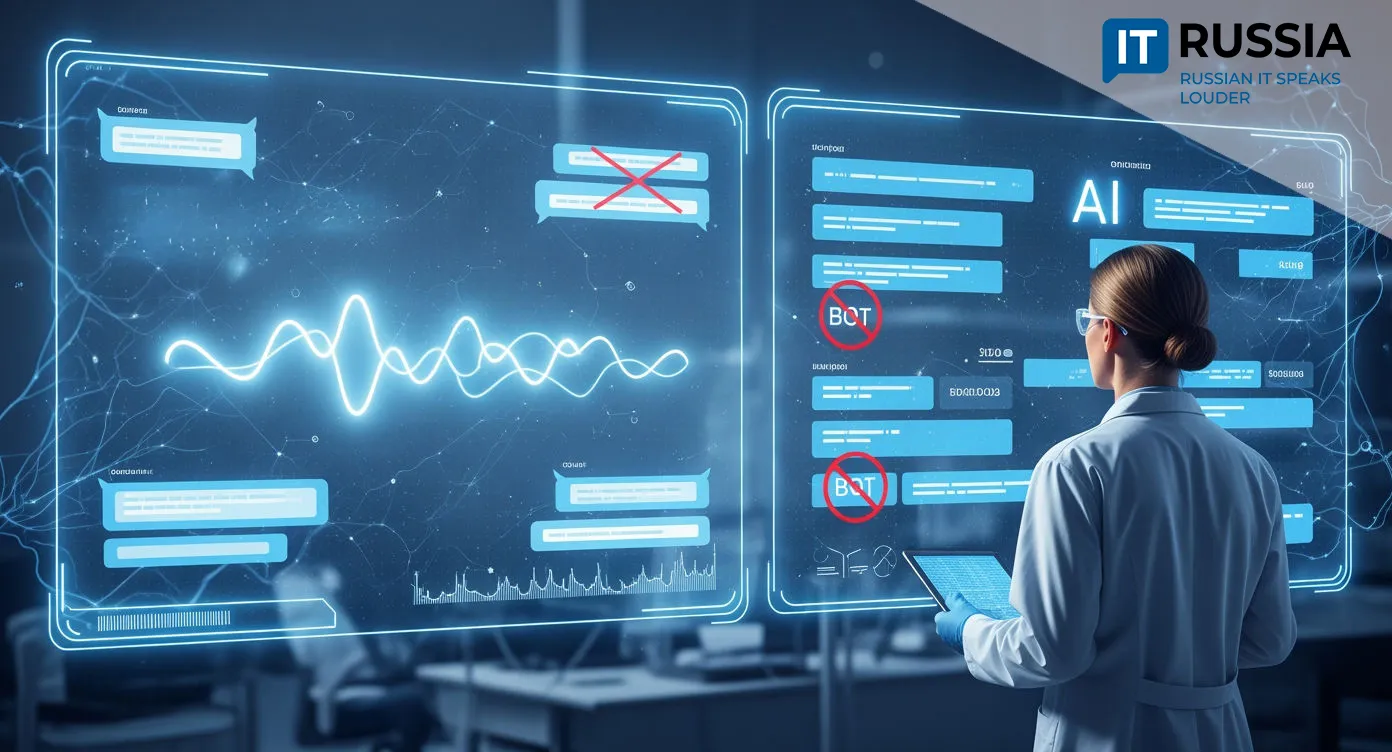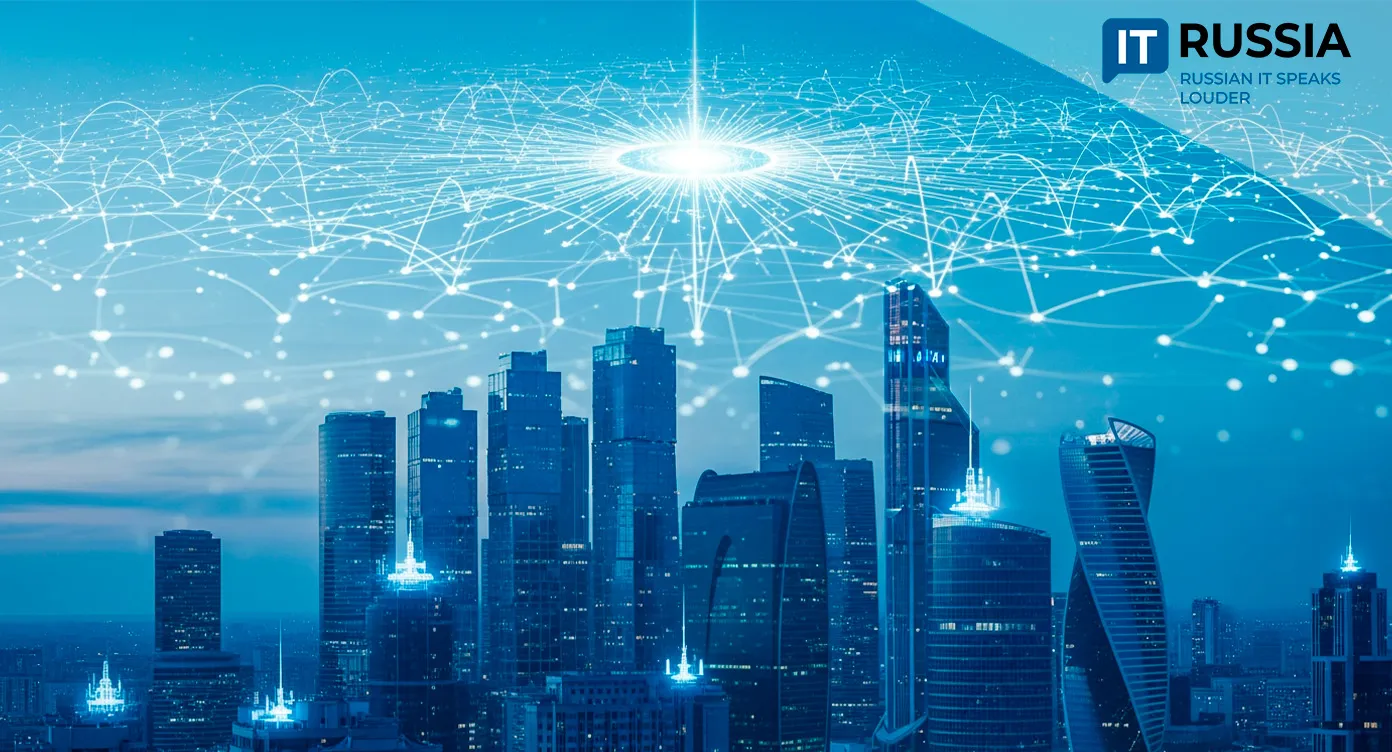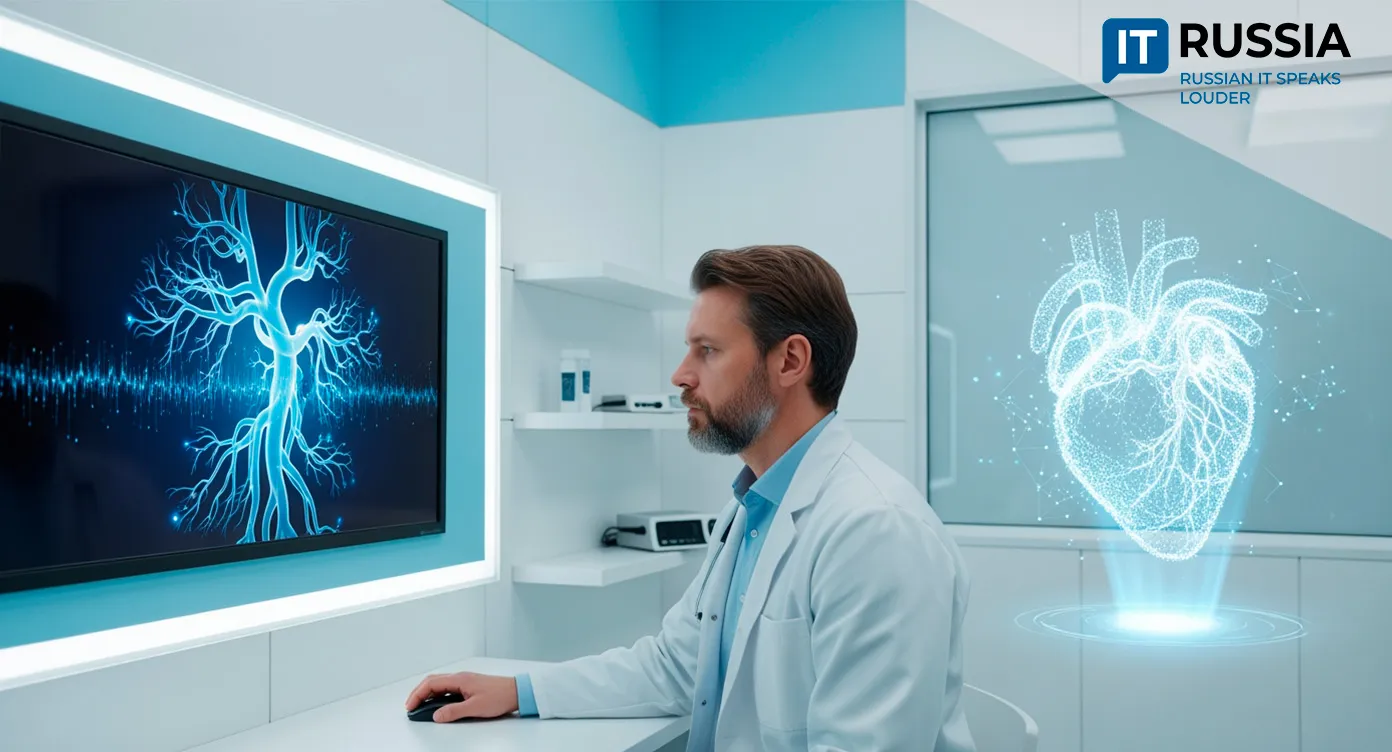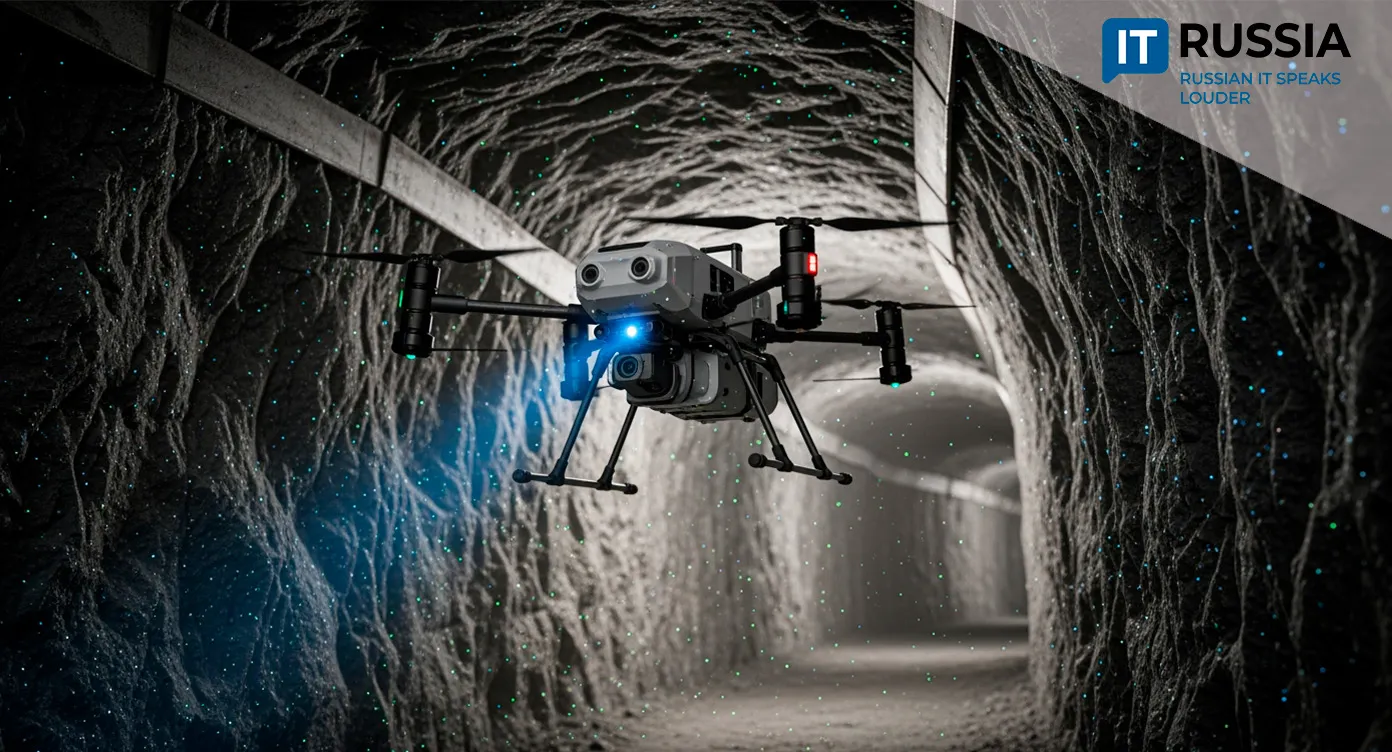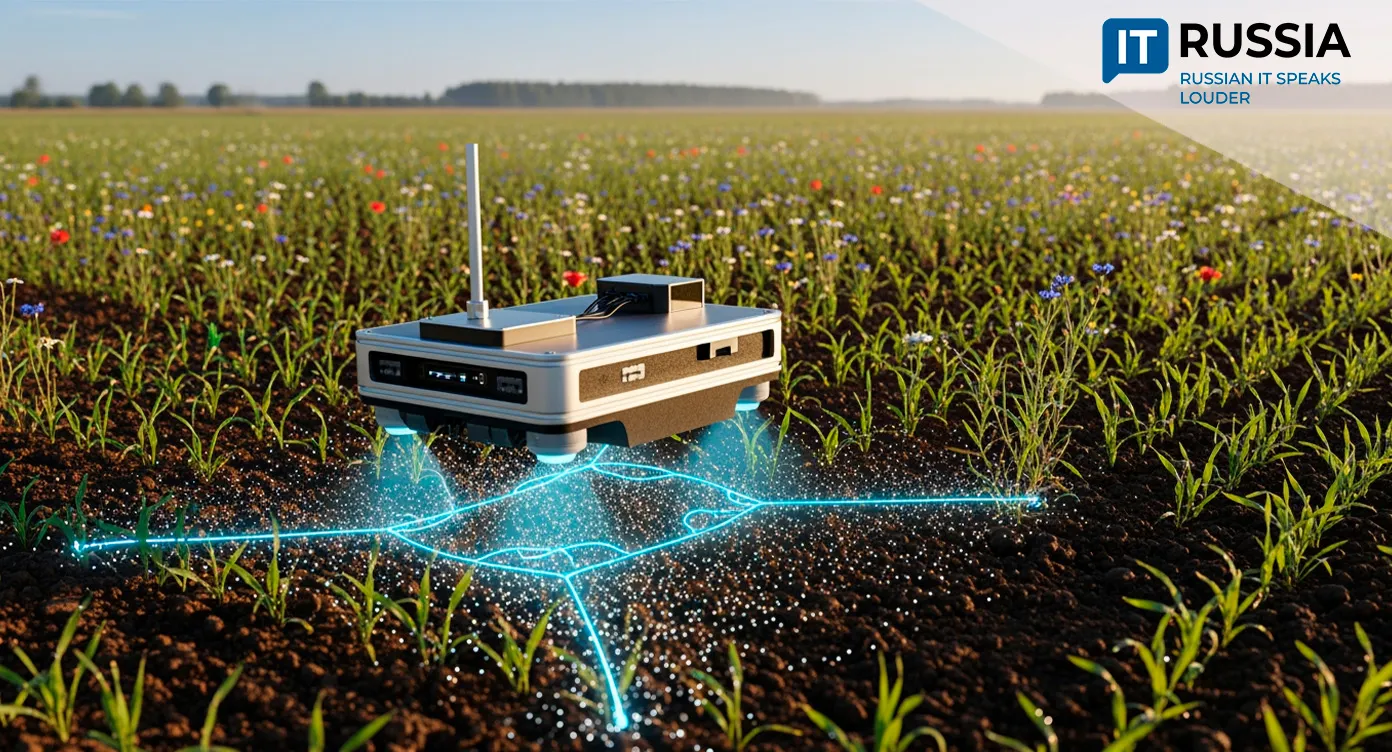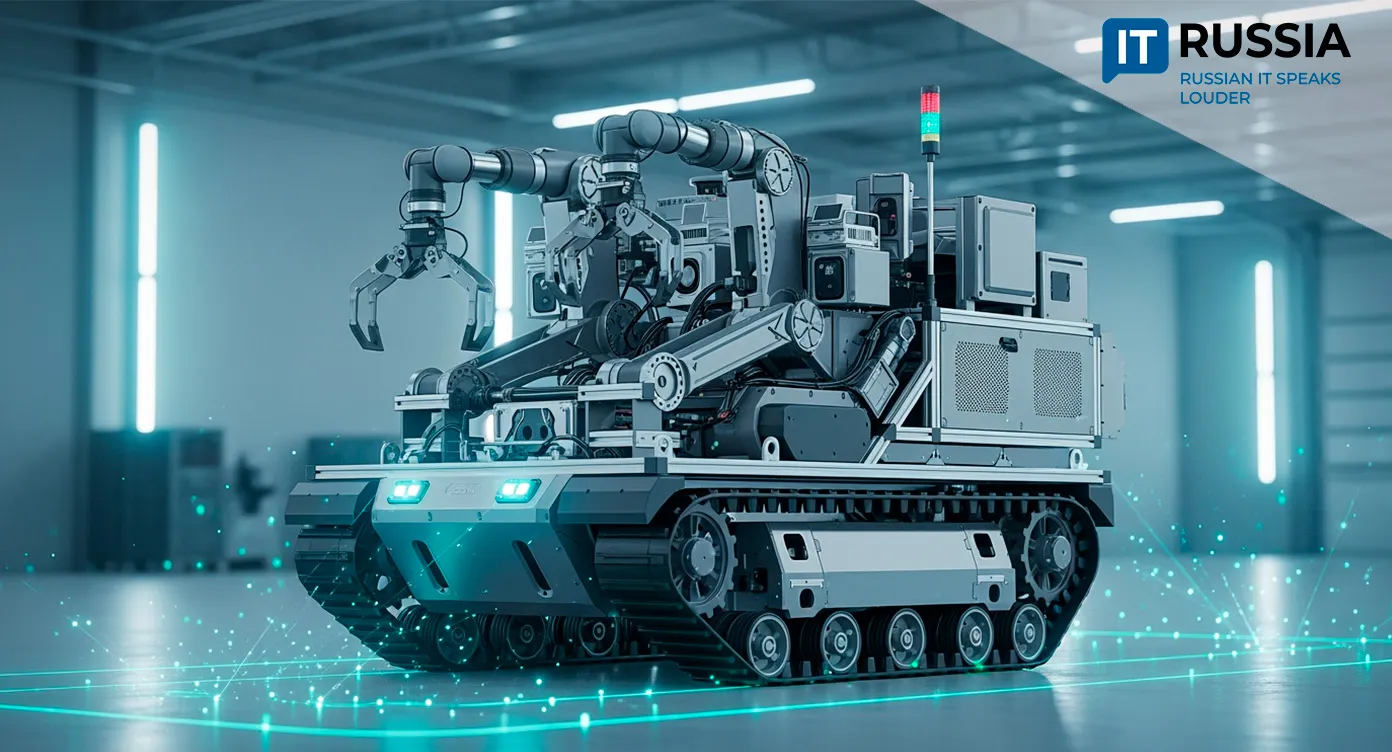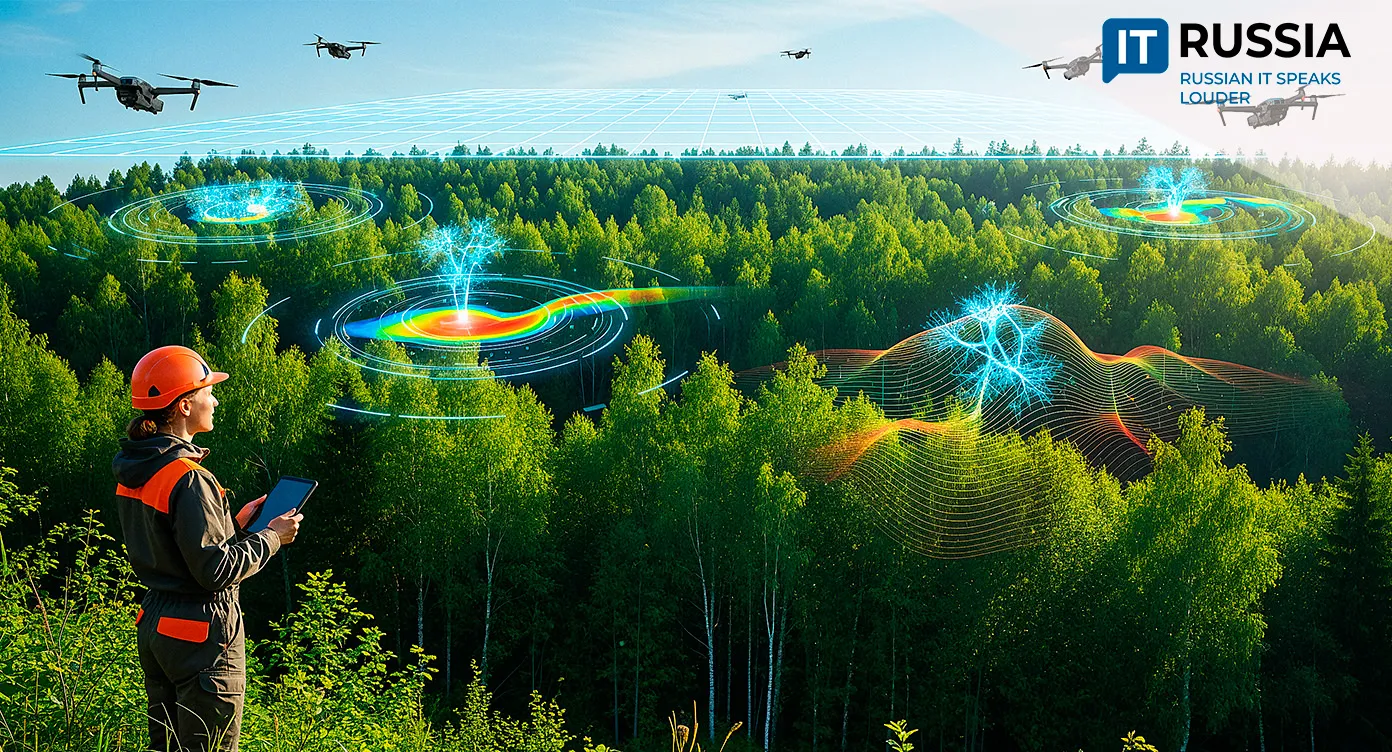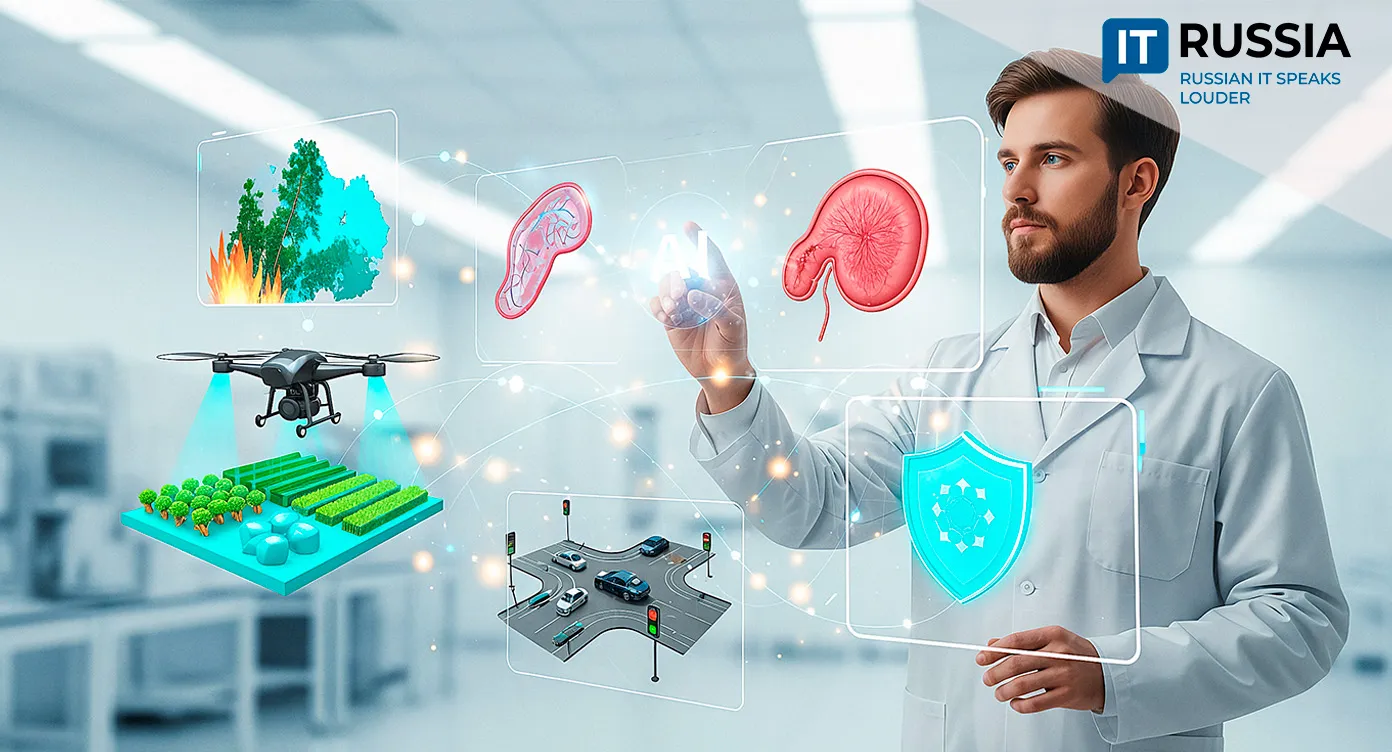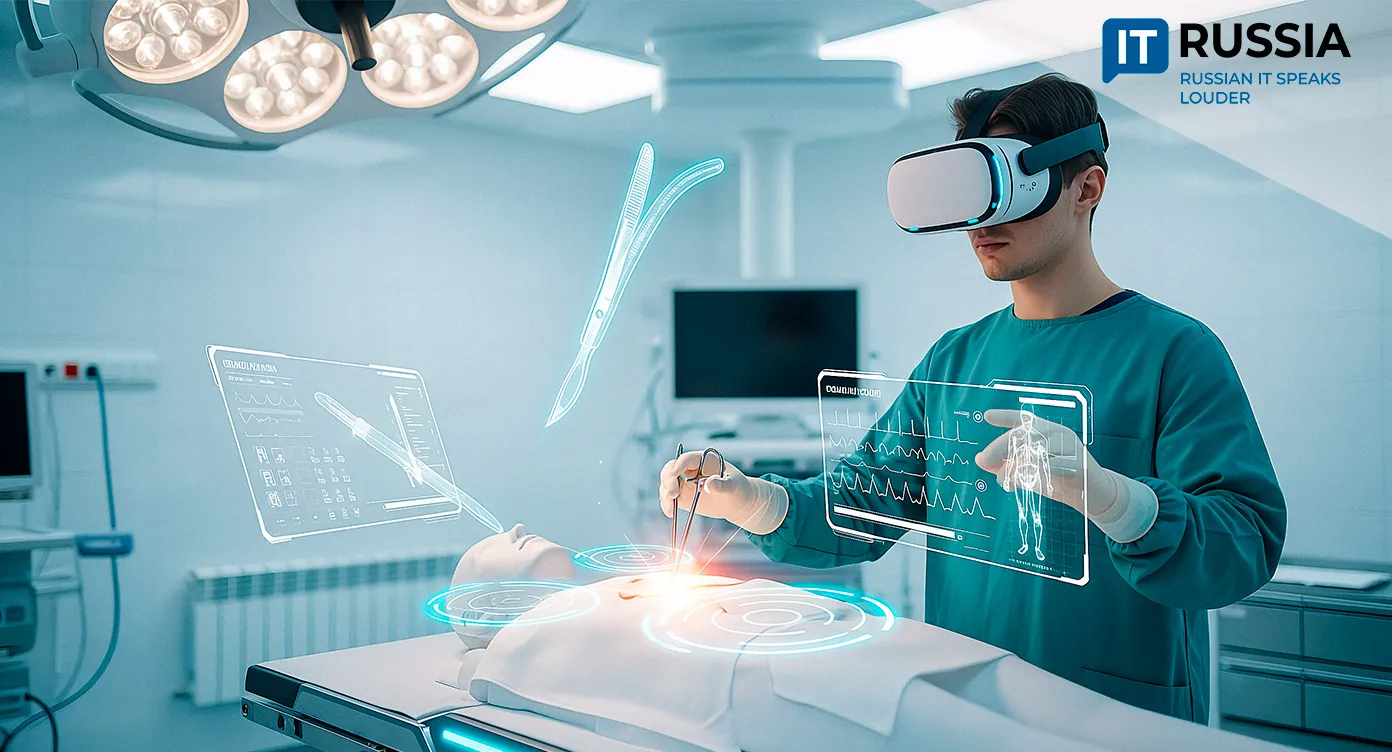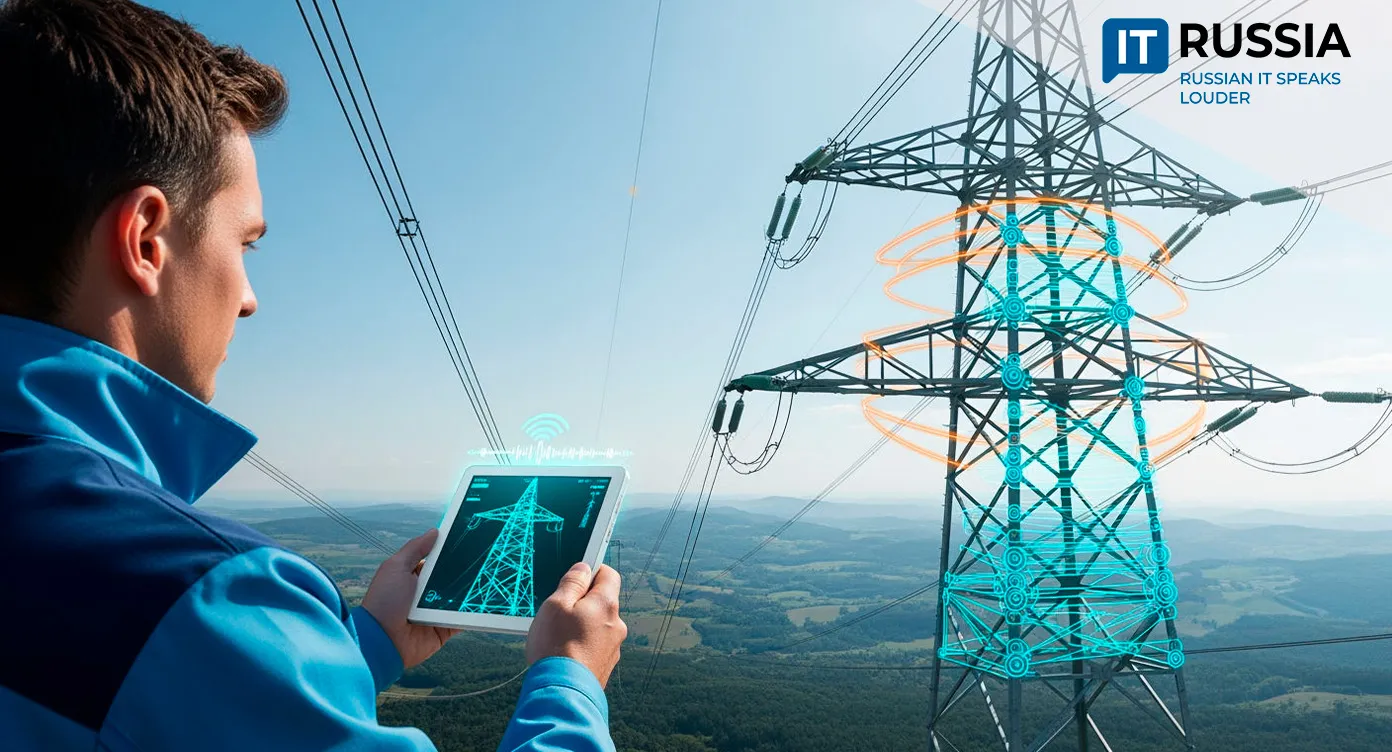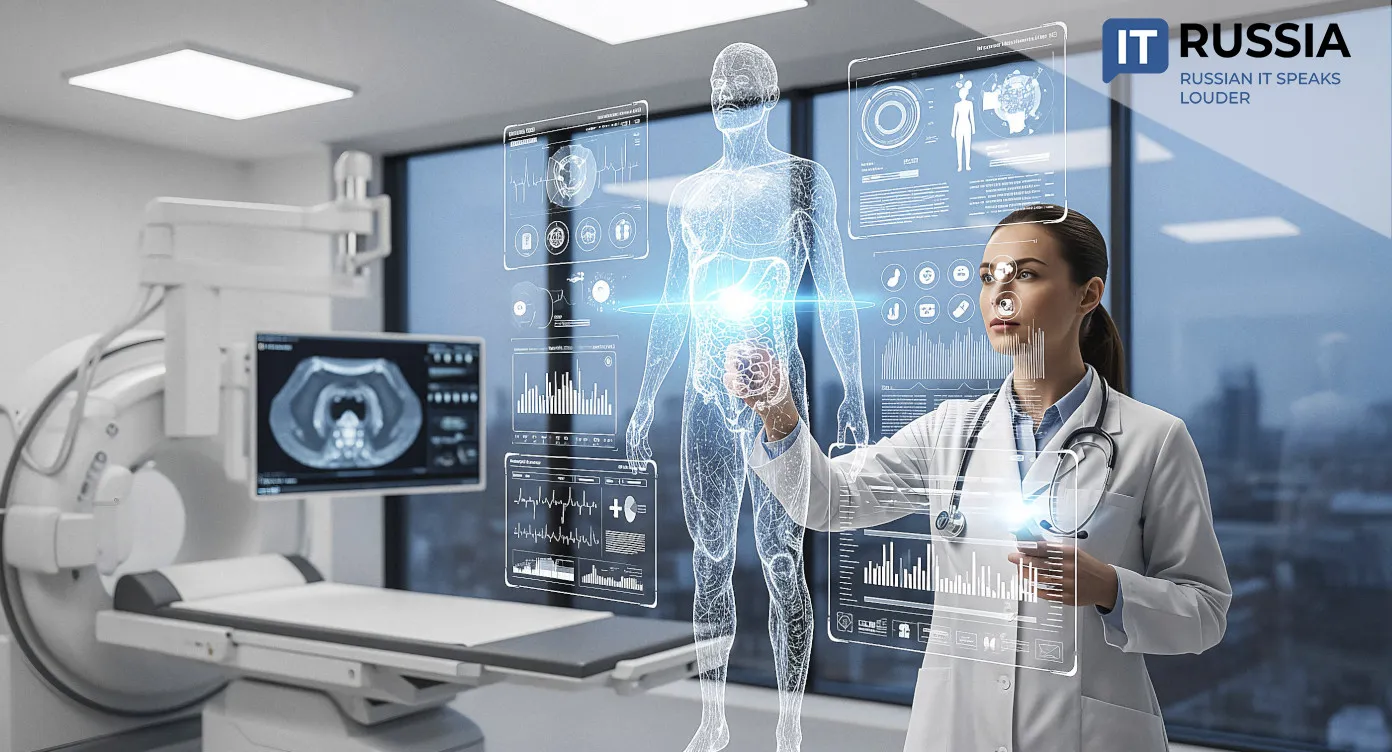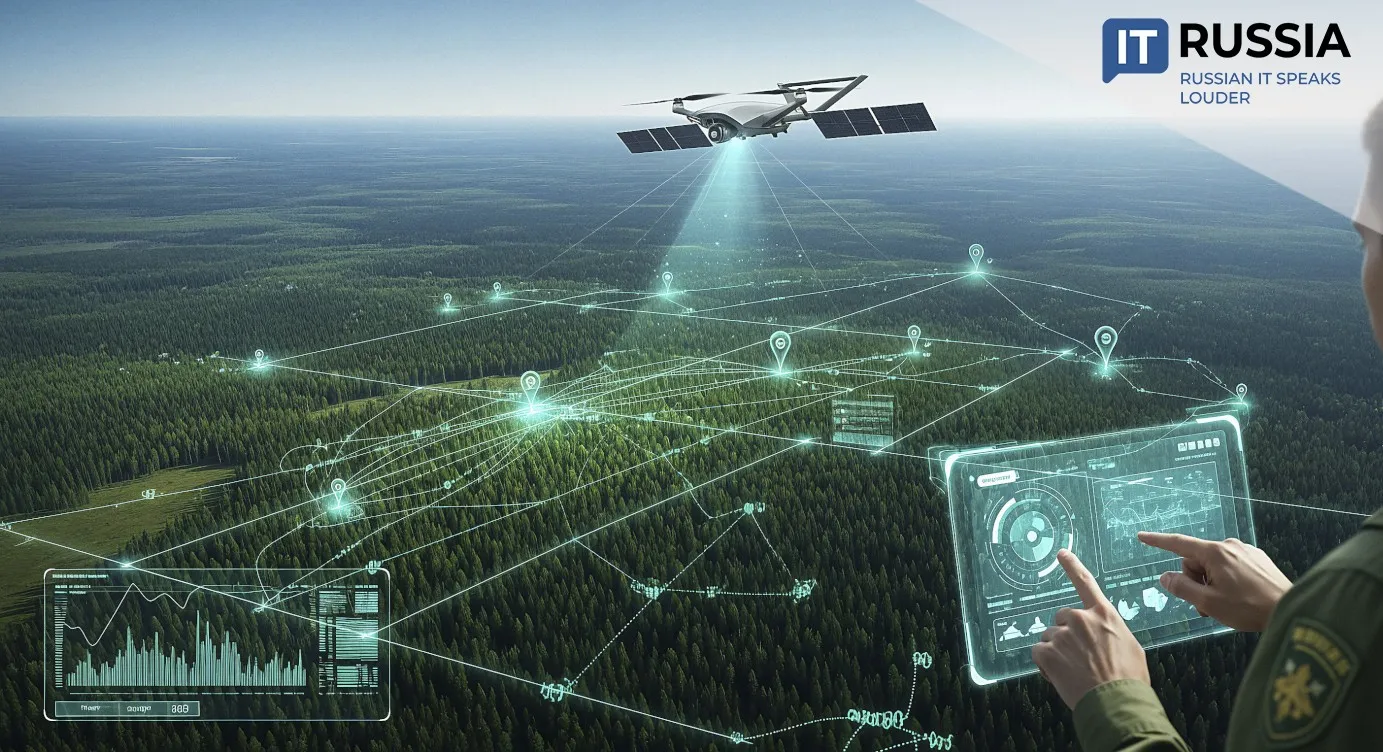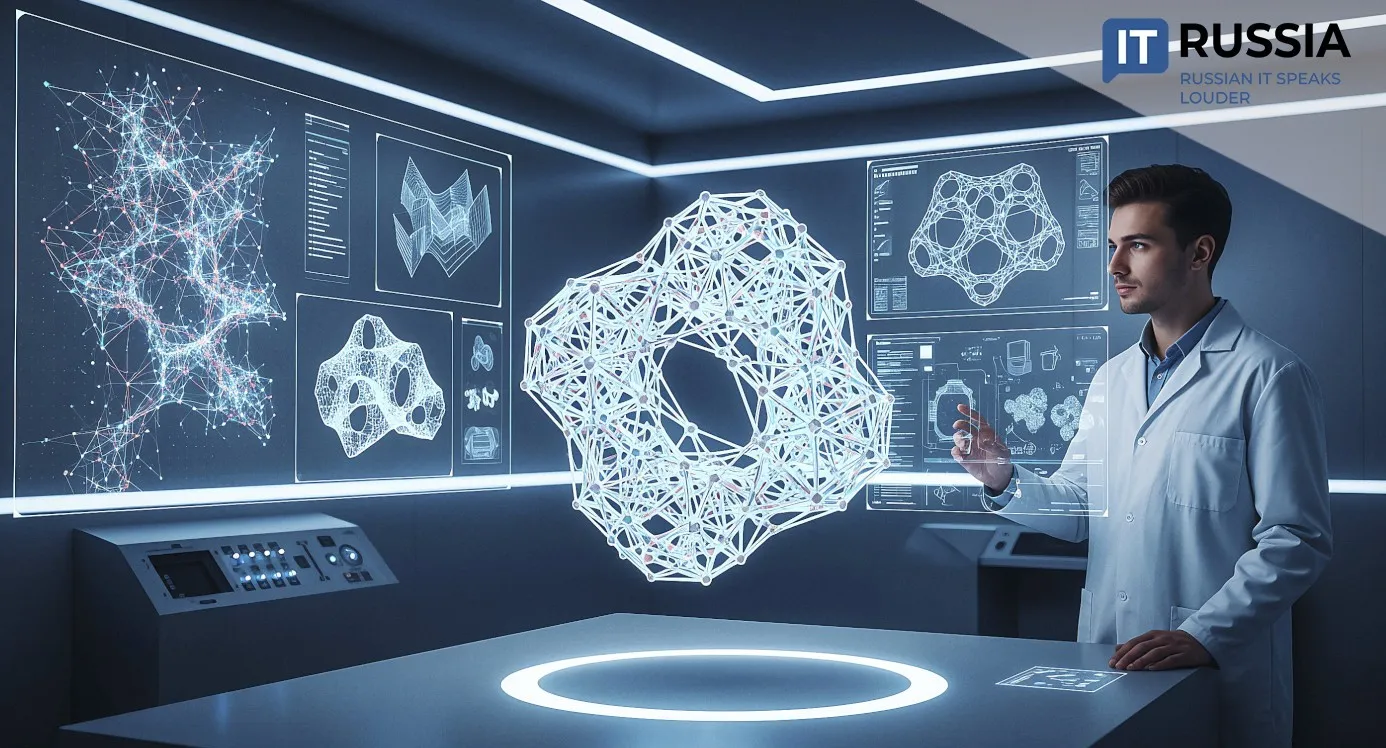Neural Networks Go Underground: AI Is Transforming Russia’s Oilfields
A neural network deployed at the Povkhovskoye oilfield in Western Siberia is optimizing the entire production cycle — a glimpse of how artificial intelligence is reshaping Russia’s resource extraction industry.

AI Extends the Life of Aging Fields
The Povkhovskoye field, operated by LUKOIL–Western Siberia and first developed in 1972, has become a testing ground closely watched by industry experts and local residents alike. The project demonstrates a new foundation for regional economic growth and the rejuvenation of mature assets.
Extracting oil once considered unreachable — the so-called ‘Holy Grail’ of petroleum engineering — is now achievable. Russia’s total oil reserves are estimated at 31 billion tonnes, of which only about half are economically recoverable using traditional methods. The remaining 15–16 billion tonnes are classified as hard-to-recover. This enormous resource base has become a new frontier for Russian engineers and geologists.

AI-based neural technologies are digitizing the entire production chain. The system continuously analyzes dozens of parameters — pressure, flow rate, water content, reservoir characteristics, and pump operations — and builds predictive models to optimize production regimes. The outcome: oil recovery from wells once considered depleted and the return of idle assets to active operation. This boosts extraction rates without major capital investments in exploration or new field development.
Neural Modeling at Work
Similar innovations are being applied by Rosneft. The company’s research institute in Tyumen has developed a neural network–based software platform called RN-AutoBalance. The system autonomously calculates optimal well operating modes, eliminating the need for human intervention, and allowing mature oilfields to reach new performance levels.
RN-AutoBalance analyzes production dynamics, identifies interdependencies between injection and production wells, and automatically reallocates water injection to maximize oil recovery. The technology was successfully tested at the Malyk oilfield in the Tyumen region, part of the Rosneft group. Within three months of pilot operations, the system optimized 46 injection wells, reducing water injection volumes by 222,000 cubic meters while increasing oil output by 4%.
Smarter, Safer, and Greener Production
For Western Siberia’s long-producing oilfields, artificial intelligence is becoming a tool for extending field lifespans. AI enables each well to operate more efficiently, reducing operational costs and delaying field decline. It also addresses technical challenges such as low reservoir permeability, high-viscosity crude, and complex geology — conditions where human data analysis falls short.

Machine learning models can detect hidden correlations in geophysical and production data, identifying previously invisible drilling targets or zones for enhanced recovery. Neural algorithms also predict equipment failures, detect leaks, and forecast pipeline ruptures — mitigating downtime and improving environmental safety. These features align with the industry’s tightening environmental regulations and its push toward more sustainable operations.
From Pilot to Platform
The adoption of artificial intelligence marks a shift from extensive to intensive growth in Russia’s oil industry — one based on data, automation, and intelligent management. For Russia, this is not just about boosting reserves, but also about developing an export-oriented sector for high-tech oilfield services.

The Povkhovskoye AI project began as a pilot in 2013 and has since proven its value, moving from validation to large-scale deployment. Its success has opened new directions for Russian developers — from cloud-based analytics and digital twin ecosystems to AI-driven consulting platforms for extraction companies.
The combination of IoT sensors, predictive models, and edge computing is creating the foundation for near-autonomous production systems. Such technologies could position Russia as a key exporter of digital oilfield solutions for resource-rich nations worldwide.


